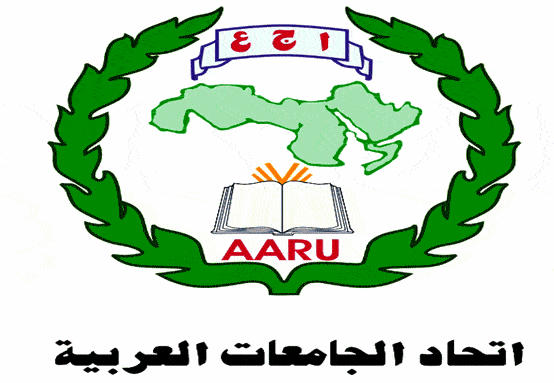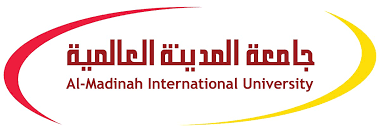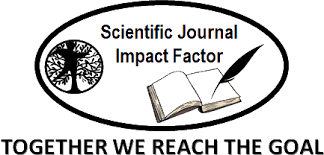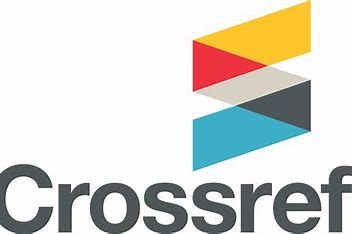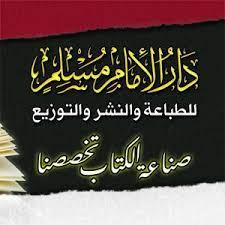- عن المجلة
- قواعد وإجراءات التحكيم و النشر في المجلة
- هيئات المجلة
- العدد الحالي
- الأعداد السابقة
- الأبحاث
- تقارير المجلة
- ملخصات الأبحاث باللغة العربية
- ملخصات الأبحاث بالإنجليزية
- الأخبار
- النسخة الإلكترونية لأعداد المجلة
- فهرس موضوعات المجلة حسب السنوات
- فهرس موضوعات المجلة حسب البلدان والجنسيات
- راسلنا
القائمة الرئيسية
عدد المتواجدين الان
| المتواجدين الان : | 6 |
| الزوار : | 6 |
| الأعضاء : | 0 |
مستلخص بحث: رفع الوهم وتصحيح الفهم بالفعل "حسب" وتصاريفه في القرآن
مستخلص بحث:
رفع الوهم وتصحيح الفهم بالفعل "حسب" وتصاريفه في القرآن
للباحثة: د. خلود محمد أمين محمود الحواري
مستخلص البحث
قصدت الدّراسة إلى استنباط أساليب القرآن وأدواته في رفع الوهم وتصحيح الفهم، ومعرفة دلالة (حسب) ودوره في ذلك في الاستعمال القرآني، ودراسة المفاهيم المرجوحة المبنية على حسبانٍ باطل ونظرٍ عقليٍّ قاصر توهمه أصحابه، وبيان دفعها وبطلانها تأصيلًا لسديد الفهم، وقائدًا لتقويم السلوك.
وقد بلغت ثلاثة عشر مفهومًا، من مهمات العقيدة والسلوك، في أربعة وثلاثين موضعًا بـ(حسب) وتصاريفه.
وسلكت الدّراسة لتحقيق ذلك المنهج الاستقرائي في تتبع آيات يستنبط منها أساليب تصحيح الفهم، وآيات فعل (حسب) القلبي وتصاريفه، ثم تصنيفها في مفهوم جامع ينتظمها، وكذلك تتبع آيات أخرى تدفع الوهم ذاته، وتحقق الفهم بغير (حسب) وإثباتها في الهامش؛ بيانًا وإثراء، ثم المنهج التحليلي الاستنباطي في تحليل الشواهد، وتدبرها، وبيان صاحب الحسبان المتوهم، ومتعلقه، وجوابه.
وقد خلصت الدراسة إلى نتائج أهمها:
-تنوع أساليب القرآن العظيم وأدواته في رفع الوهم وتحقيق الفهم، وإزالة ما قد يشوش على الحقيقة أو يزين الباطل.
-أنّ (حسب) القلبي منقول من (حسب) الحسي، فكأن صاحب الحسبان أجرى عملية حساب وتدقيق ونظر عقلي، أثمرت تصوره وحسبانه.
-إفادة (حسب) اعتقاد الرجحان مقتربًا من الجزم ومترددًا إلى اليقين؛ فهو يقين مبني على أمارات العلم والنظر، مشوب بالشك، يحكم فيه الحاسب لأحد النقيضين، من غير أن يخطر الآخر بباله.
-مراعاة الاستعمال القرآني تلك الدلالة الدقيقة للفعل (حسب) في التنبيه على أوهام تصورها أصحابها بعد نظر عقليٍّ فاسد وتأملٍ أعمى، أفضى بهم إلى مفاهيم خاطئة، وتصورات باطلة، فكان (حسب) داع إلى تصحيح تلك المفاهيم الدعيّة على العلم والحساب الدقيق.
وانقدحت عنها توصيات أهمها: دراسة أساليب القرآن العظيم وأدواته في رفع الأوهام وتصحيح الأفهام؛ دراسة شاملة محكمة في أطروحة علمية.
كلمات مفتاحية: حسب، تصحيح المفاهيم في القرآن، رفع الوهم.
Dispelling and Correcting Misconceptions by Using the Arabic Triliteral Verb "ḥasiba, to think" and its Different Tense-related Conjugations in the Quran
Prepared by:
Dr. Kholoud Muhammad Amin Mahmoud Al-Hawwari
Associate Professor of Tafsir and Quranic Sciences at the Department of Quranic Studies, College of Arts and Humanities, Taibah University, Al- Madinah Al-Munawwarah, the Kingdom of Saudi Arabia
Abstract
The aim of the study is to deduce the tools and methods employed by the Noble Quran in dispelling and correcting misconceptions, explore the semantic denotations of the Arabic triliteral verb "ḥasiba" (to think, assume)" and its role in the Quranic usage. The study also examines the impactful concepts based on false allegations and deviant perspectives adopted by some individuals and refutes them while providing a foundation for sound conceptions and a guideline for the rectification of behaviour. These misconceptions total thirteen ones about creed and behaviour, contained in fourteen places where the Arabic triliteral verb "ḥasiba" and its various conjugations are used.
The study used the inductive approach to dealing with the Quranic verses from which the tools and methods of correcting misconceptions can be derived in addition to the verses in which the Arabic triliteral verb "ḥasiba" and its conjugations are used and categorized them into a comprehensive systematic concept. The same approach is used for addressing other Quranic verses dispelling and correcting same misconceptions without using the triliteral verb "ḥasiba", and those particular verses are detailed in the footnotes. The study used the analytical deductive approach for analyzing evidences and identifying those who hold misconceptions and their responses.
The study reached some findings as follows
- The Noble Quran used different tools and methods to refute and correct misconceptions and all that can confuse truth or normalize falsehoods.
- The verb "ḥasiba" is borrowed from its abstract meaning to a concrete one as if a holder of a misconception goes through a process of accounting and reasoning, which results in his perceptions and assumptions.
The verb "ḥasiba" connotes a dominant and quasi-certain belief. It denotes a belief that is based on knowledge and consideration but questionable. The assumer espouses one of the two extremes without taking the other into his account
- The Noble Quran uses carefully the nuanced denotation of the verb "|ḥasiba" to expose illusions by people who were involved in invalid reasoning and blind reflection, which led them to misconceptions and false beliefs. The usage of the verb "ḥasiba" is intended to correct these misconceptions that have nothing to do with proper knowledge and careful consideration.
The study concluded with some recommendations, the most important of which is that the methods and tools used by the Noble Quran for dispelling and correcting misconceptions should be incorporated into a thorough scholarly treatise.
Keywords: Hasiba - correcting the misconceptions in the Quran-dispelling illusions
إحصائيات الموقع
| الزوار : | 659947 | |
| الأخبار : | 102 | |
| الأعـضـاء : | 0 | |
ابحث داخل الموقع
الاســتفتـــــــــاء
القائمة البريدية
الصور المتحركة

